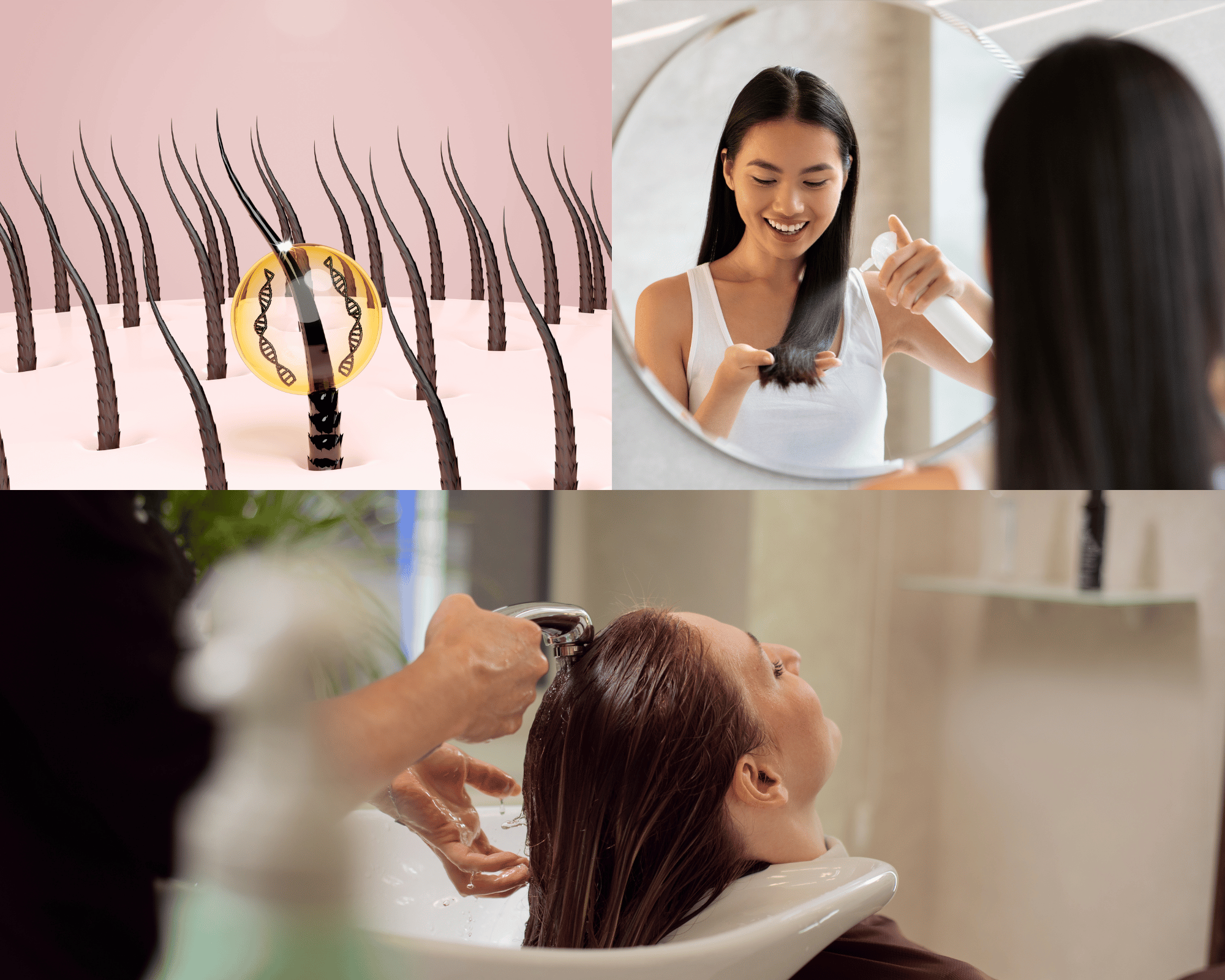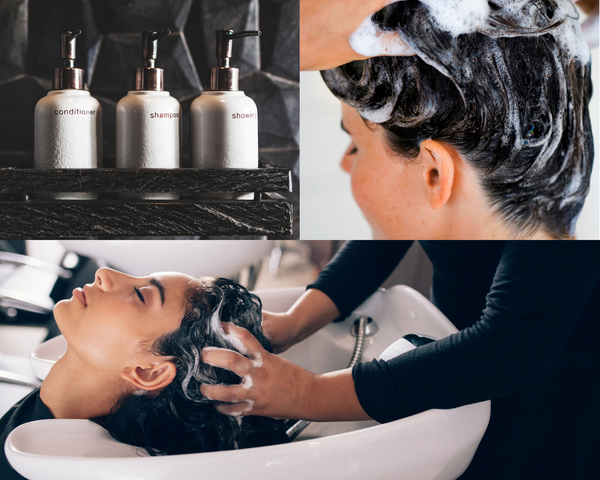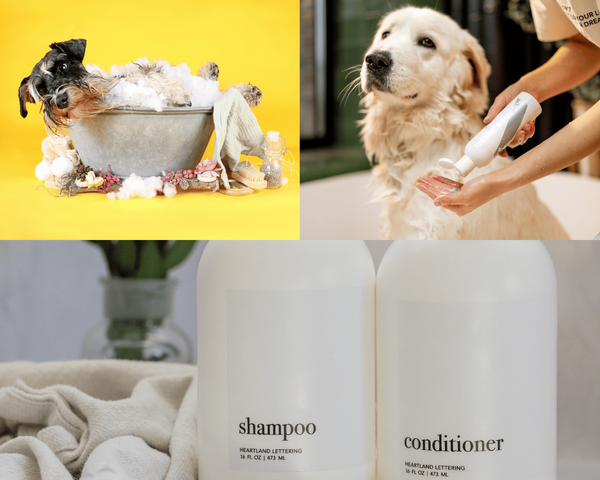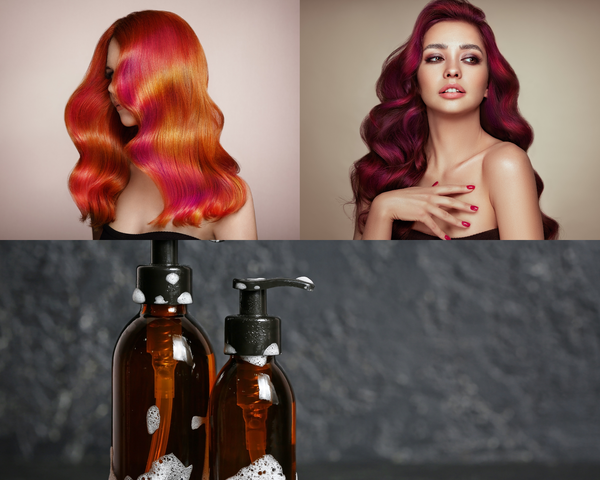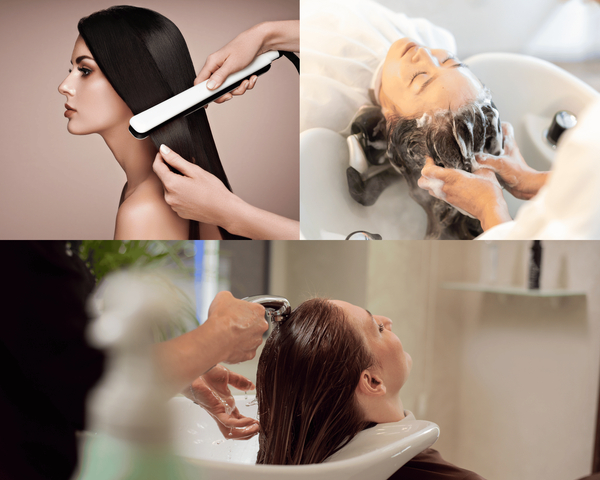Knowing your hair type is the first step in creating an effective long hair care routine. Hair types can range from straight to curly, and each type has unique needs. For instance, curly hair tends to be drier and requires more moisture, while straight hair can get oily faster.
Key Takeaways:
- Consistent care and the right products are essential for maintaining long hair.
- Avoiding split ends and tangles can significantly improve hair health.
- Regular treatments like hair masks can enhance the strength and shine of long hair.
1. Understanding Your Hair Type
Knowing your hair type is the first step in creating an effective long hair care routine. Hair types can range from straight to curly, and each type has unique needs. For instance, curly hair tends to be drier and requires more moisture, while straight hair can get oily faster.
Identifying your hair type helps in selecting the right products and treatments. For example, if you have curly hair, you might need a heavier conditioner and more frequent deep conditioning treatments. On the other hand, straight hair might benefit from lighter products to avoid weighing it down. Additionally, look for shampoos that contain beneficial ingredients like amino acids to promote overall hair health.
2. Choosing the Right Shampoo
Choosing the right shampoo can feel overwhelming with so many options on the market, but it doesn’t have to be. The key is to understand your hair type and specific needs. If you have fine hair, look for a volumizing shampoo that adds body without weighing your hair down. For those with color treated hair, a sulfate free shampoo is essential to preserve your color and prevent fading.
Consider your hair concerns as well. If your hair is dry or damaged, opt for a hydrating shampoo with nourishing ingredients like coconut oil or shea butter. For an oily scalp, a gentle shampoo that cleanses without stripping your hair of its natural oils is ideal. Always check the ingredients list to avoid harsh chemicals and artificial fragrances, especially if you have sensitive skin or allergies. Reading reviews and ratings can also provide insights into how well a shampoo works for others with similar hair types and concerns.
3. How Often Should You Wash Long Hair?
The frequency of washing long hair depends on your hair type and lifestyle. Generally, washing your hair two to three times a week is sufficient. Over-washing can strip your hair of its natural oils, leading to dryness and breakage. Over-washing can also lead to a dry scalp, which can be managed by using the right products and washing frequency.
If you have an active lifestyle or oily scalp, you might need to wash more frequently. However, using a gentle shampoo can help maintain the balance. Dry shampoo can also be a lifesaver on days when you skip washing.
4. Choosing the Best Conditioner for Long Hair
Conditioner is crucial for maintaining long hair. It helps in detangling, moisturizing, and protecting your hair from damage. Look for conditioners that are rich in natural oils and proteins to nourish your hair. Conditioners with rosemary oil can provide additional nourishment and promote hair health.
For those with fine hair, a lightweight conditioner is ideal to avoid weighing down the hair. If you have thick or curly hair, opt for a richer, more hydrating formula. Always apply conditioner from the mid-lengths to the ends to avoid greasy roots.
5.Moisturizing Tips for Long Hair
Long hair can be prone to dryness and breakage, so keeping it well-moisturized is crucial. Start with a hydrating shampoo that contains moisturizing ingredients like coconut oil or shea butter. These ingredients help to lock in moisture and keep your hair strands hydrated.
Incorporate a deep conditioning treatment into your routine once a week. This can provide intense hydration and nourishment, helping to repair and strengthen your hair. A leave-in conditioner is also a great way to keep your hair moisturized throughout the day, providing an extra layer of protection against environmental damage.
Try to limit your use of heat styling tools, as they can dry out your hair and cause breakage. If you do use them, always apply a heat protectant spray to minimize damage. By following these moisturizing tips, you can keep your long hair healthy, strong, and beautiful.
6. The Importance of Hair Masks for Long Hair Care
Hair masks are like a spa treatment for your hair. They provide deep conditioning and repair damaged strands. Using a hair mask for long hair care once a week can make a significant difference in the texture and health of your hair.
Choose a hair mask that suits your hair type. For dry hair, look for masks with hydrating ingredients like argan oil or shea butter. For damaged hair, protein-rich masks can help in strengthening and repairing the hair.
7. How to Avoid Split Ends in Long Hair
Split ends are a common issue for long hair. Regular trims are essential to keep split ends at bay. Aim to trim your hair every 8-12 weeks to maintain its health and length.
In addition to regular trims, using a leave-in conditioner or serum can help in preventing split ends. These products provide an extra layer of protection and keep your hair hydrated. Those with sensitive scalps should look for moisturizing products that are gentle and free from harsh chemicals.
8. The Role of Hair Detanglers for Long Hair
Tangles can be a nightmare for long hair. Hair detanglers are designed to make the process easier and less painful. They help in smoothing out knots and reducing breakage. Detanglers with a good lather can make the detangling process easier and more effective.
When choosing a hair detangler, look for one with natural ingredients that won’t weigh your hair down. Spray it on damp hair and use a wide-tooth comb to gently work through the tangles.
9. The Benefits of Regular Scalp Massages
Scalp massages can improve blood circulation and promote hair growth. They also help in distributing natural oils, keeping your scalp healthy and your hair shiny.
You can use your fingers or a scalp massager for this. Spend a few minutes massaging your scalp every time you wash your hair. This simple step can make a big difference in the overall health of your hair.
10. The Right Way to Dry Long Hair
Drying long hair can be time-consuming, but it's important to do it right to avoid damage. Pat your hair dry with a microfiber towel instead of rubbing it. This reduces frizz and breakage.
If you use a blow dryer, keep it on a low heat setting and use a heat protectant spray. Air drying is the best option whenever possible, as it minimizes heat damage.
11. Heat Styling Tips for Long Hair
Heat styling can help you achieve the look you want, but it can also be damaging to long hair if not done correctly. Always start with a heat protectant spray to create a barrier between your hair and the heat styling tool. This can help prevent damage and breakage.
Choose the right temperature for your hair type. If you have fine or damaged hair, use a lower temperature setting to avoid further damage. For thicker hair, a higher temperature might be necessary, but always start low and increase if needed.
Opt for ceramic or tourmaline tools, as they are gentler on the hair compared to metal tools. These materials help to reduce frizz and distribute heat more evenly. Finally, avoid over-styling. Try to limit your use of heat styling tools and give your hair regular breaks to recover. By following these tips, you can enjoy the benefits of heat styling while keeping your long hair healthy and strong.
12. The Impact of Diet on Hair Health promote hair growth
What you eat can significantly affect the health of your hair. A balanced diet rich in vitamins and minerals can promote hair growth and strength. Foods like eggs, nuts, and leafy greens are excellent for hair health.
Staying hydrated is equally important. Drinking plenty of water keeps your hair hydrated from the inside out. Supplements like biotin and omega-3 fatty acids can also be beneficial.
13. The Necessity of Heat Protectants
Heat styling tools can cause significant damage to long hair. Using a heat protectant spray before styling can help in minimizing this damage. These sprays create a barrier between your hair and the heat, reducing the risk of breakage and split ends.
Look for heat protectants that offer protection up to 450°F. Apply it evenly on damp hair before using any heat styling tools.
14. The Advantages of Silk Pillowcases hair growth
Switching to a silk pillowcase can do wonders for your hair. Silk is gentler on your hair compared to cotton, reducing friction and preventing breakage. It also helps in maintaining your hairstyle and reducing frizz. Protecting individual strands with a heat protectant spray is crucial to prevent damage and breakage.
Silk pillowcases are also beneficial for your skin, making them a worthwhile investment. They can help in keeping your hair smooth and tangle-free.
15. The Role of Regular Trims fine hair
Regular trims are essential for maintaining the health of long hair. They help in getting rid of split ends and preventing further damage. Aim to trim your hair every 8-12 weeks.
Even if you're trying to grow your hair longer, regular trims are necessary. They keep your hair looking healthy and prevent breakage, allowing it to grow longer over time.
16. The Importance of Hydration sulfate free shampoo
Keeping your hair hydrated is crucial for its health and appearance. Use hydrating shampoos and conditioners that are free from sulfates and parabens. These ingredients can strip your hair of its natural oils.
In addition to using hydrating products, drinking plenty of water is essential. Staying hydrated from the inside out can make a significant difference in the health of your hair.
17. The Benefits of Natural Oils best shampoo for long hair care routines
Natural oils like coconut oil, argan oil, and jojoba oil can provide deep hydration and nourishment to long hair. They help in reducing frizz, adding shine, shampoo smells, volumizing shampoo, and preventing breakage. Incorporating a deep clean into your routine can help remove buildup and keep your hair healthy.
You can use these oils as a pre-wash treatment or a leave-in conditioner. Apply a small amount to the ends of your hair to keep them hydrated and healthy.
18. The Role of a Balanced Hair Care Routine
A balanced hair care routine is essential for maintaining long hair. This includes regular washing, conditioning, and deep conditioning treatments. Using the right products for your hair type can make a significant difference.
Incorporate regular trims, scalp massages, and the use of natural oils into your routine. These steps can help in keeping your hair healthy, shiny, and strong.
Summary
Taking care of long hair requires a consistent routine and the right products. Understanding your hair type, using the best conditioner for long hair, and incorporating hair masks can significantly improve hair health. Regular trims and the use of hair detanglers can help in avoiding split ends and tangles. A balanced diet, hydration, hair falls, hair types, and the use of natural oils are also crucial for maintaining long hair.
FAQ
1. How often should you wash long hair?
Washing long hair two to three times a week is generally sufficient. Over-washing can strip your hair of its natural oils, leading to dryness and breakage.
2.Shampooing Techniques
Shampooing might seem straightforward, but using the right techniques can make a big difference in your hair’s health and appearance. Start with warm water to open up the hair cuticle, best shampoo, oily scalp, gentle shampoo, allowing the shampoo to penetrate deeper and clean more effectively. When applying shampoo, focus on your scalp rather than the hair itself. This helps to remove dirt and impurities from the hair follicles, promoting healthy hair growth.
Massaging your scalp while shampooing not only feels great but also stimulates blood flow, which can help promote hair growth. Use your fingertips to gently massage in circular motions. After shampooing, rinse thoroughly to ensure all the product is washed out, chemically treated hair, hair follicles, hair shaft, hair type, color treated hair, preventing buildup that can weigh your hair down and make it look dull.
3. What is the best conditioner for long hair?
The best conditioner for long hair is one that is rich in natural oils and proteins. It should provide hydration and nourishment without weighing your hair down.
4. How can I avoid split ends in long hair?
Regular trims every 8-12 weeks and the use of leave-in conditioners or serums can help in preventing split ends. These products provide an extra layer of protection and keep your hair hydrated.



